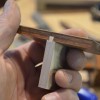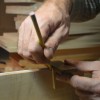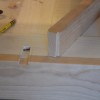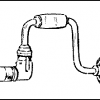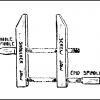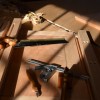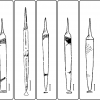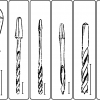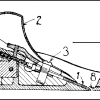Come join us this weekend for the Big Woodworking Show, Friday through Sunday, October 24-26 in Conroe, Texas. Some of you may have noticed that the normal woodworking show that was usually in the spring in Houston got canceled. Well, apparently there was some problem with the venue right at the last minute. But […]

